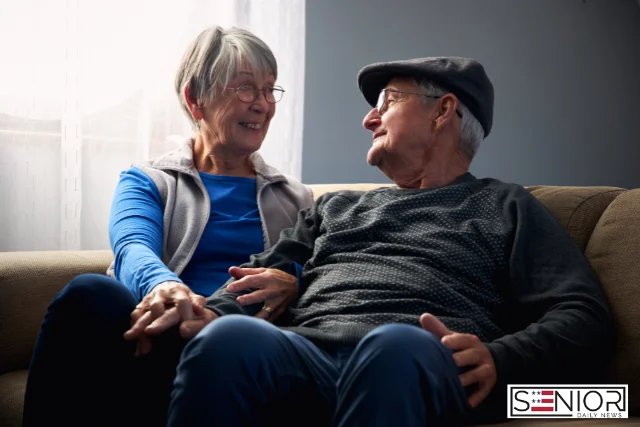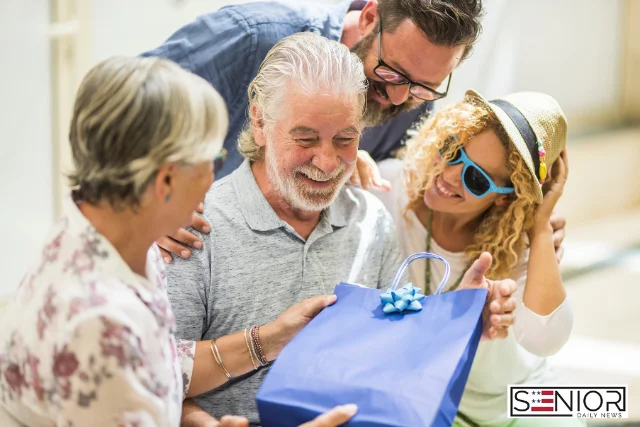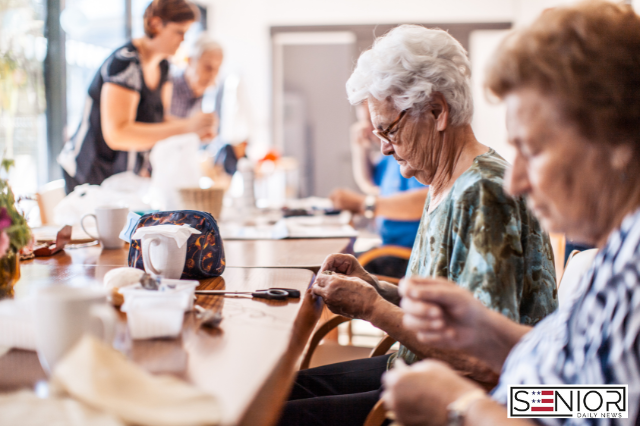Supporting Stroke Survivors: Effective Emotional and Physical Care for Recovery

Every year, thousands of older adults in the United States experience a stroke, a life-changing medical event that often requires ongoing care. While medical treatment is critical in the early stages, long-term recovery depends heavily on both physical rehabilitation and emotional support. Caring for stroke survivors goes beyond the hospital—it involves helping them regain independence, confidence, and a fulfilling quality of life. Families, caregivers, and seniors themselves can all play an active role in the recovery journey.
Understanding Stroke and Its Impact
A stroke occurs when blood flow to the brain is disrupted, either by a blood clot (ischemic stroke) or a burst blood vessel (hemorrhagic stroke). The effects vary depending on the severity and location of the stroke. Some stroke survivors recover quickly, while others face long-term challenges such as paralysis, difficulty speaking, memory loss, or emotional changes. The most common effects include:
- Weakness or paralysis on one side of the body
- Difficulty with speech and communication
- Cognitive changes like memory loss or confusion
- Emotional struggles, including depression and anxiety
Understanding these challenges is the first step toward providing effective care.
Physical Care for Stroke Survivors
Rehabilitation Exercises
Rehabilitation is at the heart of recovery for stroke survivors. Physical therapy helps restore movement, balance, and coordination. Exercises may include stretching, strength training, and repetitive motion activities. For seniors, consistency is key—small, regular efforts can add up to major progress.
Mobility Aids and Home Adjustments
Many stroke survivors benefit from mobility aids like canes, walkers, or wheelchairs. Simple home modifications such as grab bars in the bathroom, ramps instead of stairs, and non-slip flooring can make daily life safer and more accessible.
Speech and Language Therapy
A common effect of stroke is aphasia, a condition that makes communication difficult. Speech therapists work with stroke survivors to regain language skills and explore alternative communication methods like gestures or digital speech tools.
Healthy Lifestyle Habits
Adopting a healthy lifestyle plays a major role in preventing future strokes and supporting recovery. Seniors should aim to:
- Eat a balanced diet rich in fruits, vegetables, lean proteins, and whole grains
- Stay hydrated
- Engage in light physical activity, as advised by a doctor
- Quit smoking and limit alcohol consumption
These small steps can strengthen overall health and improve recovery outcomes.
Medication Management
Many stroke survivors need ongoing medications to manage blood pressure, cholesterol, or blood clot risks. Proper medication management, with reminders and organized pillboxes, ensures seniors stay on track and avoid complications.
Emotional Care for Stroke Survivors
Addressing Emotional Changes
Stroke recovery isn’t just physical—it’s deeply emotional. Many stroke survivors struggle with feelings of frustration, sadness, or loss. Depression is common, as is anxiety about future health. Open communication, empathy, and mental health support are crucial during this stage.
Encouraging Social Connections
Loneliness can hinder recovery. Seniors often benefit from staying connected with friends, family, or local support groups for stroke survivors. Technology, like video calls or online communities, can also help reduce isolation.
Building Confidence and Independence
Small victories matter. Celebrating progress, no matter how minor, helps stroke survivors regain confidence. Allowing them to do tasks independently, even if they take longer, fosters a sense of dignity and control.
Professional Counseling and Support Groups
Therapists and support groups offer safe spaces for stroke survivors to express feelings and learn coping strategies. Peer support also provides reassurance that recovery is possible and that they are not alone in their journey.
Supporting Caregivers
Caring for stroke survivors is often overwhelming for family members. Caregivers need support too. Taking breaks, seeking respite care, and joining caregiver support groups can prevent burnout. When caregivers are well, they can provide better, more compassionate care.
Technology and Tools That Support Stroke Survivors
Modern technology has created new ways to aid recovery. Some useful tools include:
- Mobile apps for speech therapy, memory exercises, and rehabilitation tracking
- Smart home devices that help seniors control lights, reminders, and safety systems with voice commands
- Telehealth services for convenient access to doctors and therapists
- Wearable devices that monitor heart rate, activity, and health data in real time
These tools can empower stroke survivors and make care more manageable for families.
Creating a Recovery-Friendly Environment
For long-term success, a supportive environment is essential. Families can help by:
- Keeping frequently used items within easy reach
- Ensuring adequate lighting in every room
- Setting up daily routines that reduce stress and confusion
- Offering encouragement without overprotecting
When seniors feel safe, respected, and encouraged, recovery becomes smoother and less intimidating.
Preventing Another Stroke
Prevention is a vital part of caring for stroke survivors. Strategies include:
- Regular medical check-ups
- Managing chronic conditions like diabetes or high blood pressure
- Staying active and eating well
- Taking medications exactly as prescribed
- Learning to recognize warning signs of another stroke (sudden numbness, slurred speech, or vision changes)
Quick action can save lives if another stroke occurs.
FAQs on Supporting Stroke Survivors
Q1: What is the most important part of stroke recovery?
Both physical rehabilitation and emotional support are equally important. Exercise, therapy, and encouragement all work together to help stroke survivors regain independence.
Q2: How long does stroke recovery usually take?
Recovery varies. Some people improve within weeks, while others may need months or years. Progress is often gradual, with improvements continuing over time.
Q3: Can stroke survivors live independently again?
Yes, many stroke survivors regain independence with the right therapy, support, and lifestyle changes. However, some may always need some level of assistance.
Q4: How can family members help in emotional recovery?
Listening, offering encouragement, involving survivors in social activities, and seeking counseling if needed can make a big difference in emotional recovery.
Q5: What foods help stroke survivors recover?
A diet rich in leafy greens, berries, whole grains, fish, nuts, and lean protein supports brain and heart health. Limiting processed foods, salt, and sugar is also important.
Q6: What role does exercise play in stroke recovery?
Exercise improves mobility, strength, and circulation. Even light activities like walking or stretching can significantly boost recovery when done consistently.
Q7: Are there support groups for stroke survivors in the U.S.?
Yes. Organizations like the American Stroke Association offer local and online support groups, resources, and guidance for stroke survivors and caregivers.
Image Source: Canva






